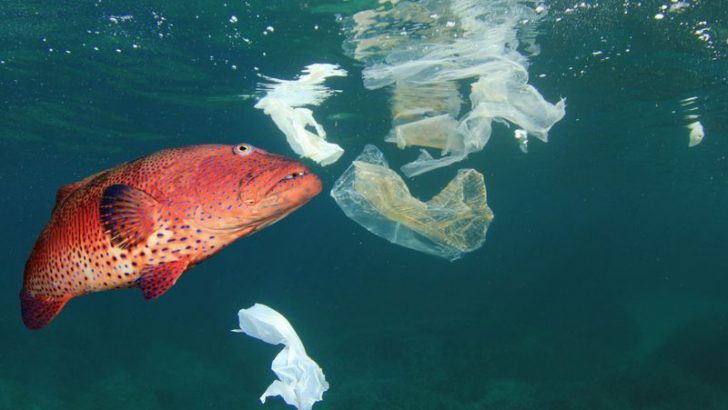Microplastics have become an increasing concern in our food supply. These tiny plastic particles, often less than 5mm in size, can be found in a variety of common foods. As our world becomes more polluted, understanding the foods that are most likely to contain microplastics is crucial for making informed dietary choices. This blog post explores 15 such foods, providing insights into how microplastics find their way into our meals.
1. Shellfish
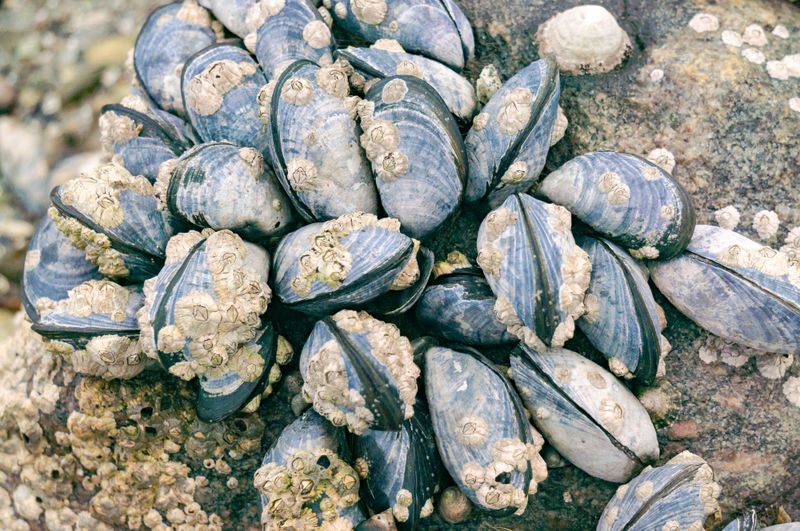
Shellfish, including mussels, clams, and oysters, often filter large volumes of water, making them susceptible to microplastic contamination. These bivalves consume and accumulate microplastic particles when they absorb water as part of their natural feeding process. This widespread issue has been observed in various parts of the world, impacting both wild and farmed shellfish.
Consuming shellfish may inadvertently lead to the ingestion of these tiny particles. Researchers have found evidence of microplastics in many commercially available shellfish. The ecological implications are significant, considering the role of these creatures in the marine ecosystem.
2. Salt
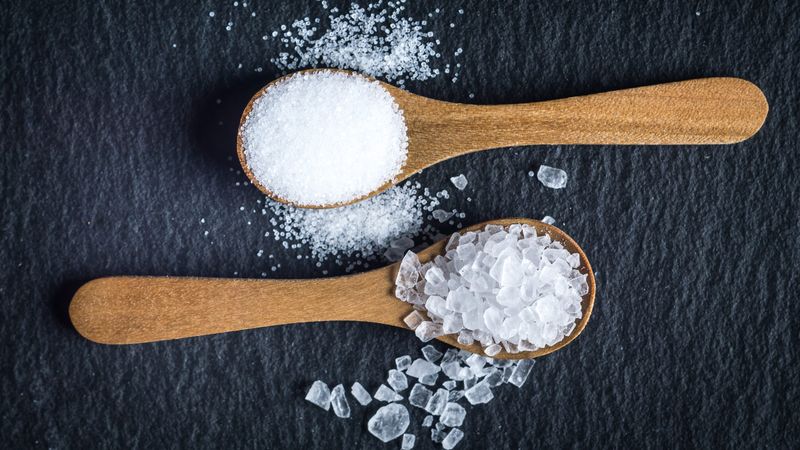
Salt, a staple in kitchens worldwide, is another food commonly found to contain microplastics. Sea salt, in particular, has shown high levels of microplastic contamination due to its origin from ocean water.
The process of evaporating seawater to produce salt can inadvertently concentrate these particles. Studies have highlighted the presence of various plastic types, such as polyethylene and polypropylene, in table salt.
While the health risks of ingesting such small quantities are still being studied, the presence of microplastics in something as ubiquitous as salt underscores the pervasive nature of this issue.
3. Fish
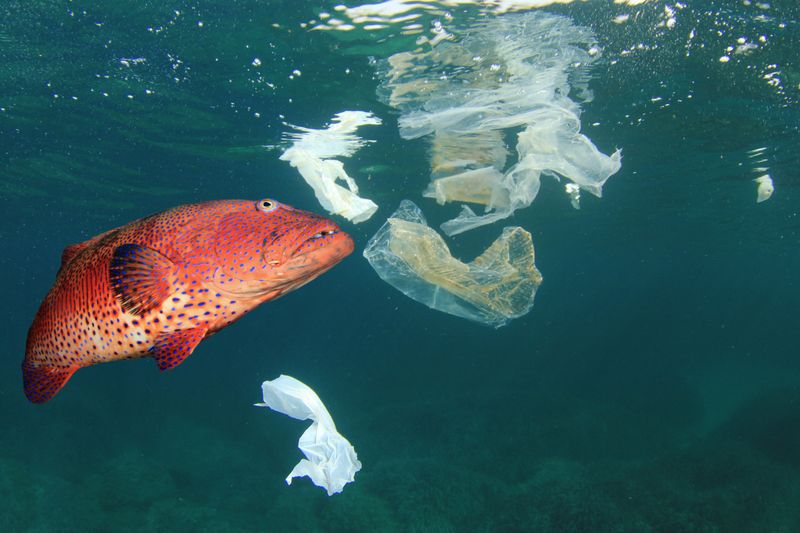
Fish are frequently exposed to microplastics through their natural habitats. These particles can be ingested by fish when they mistake them for food or when they consume prey already contaminated with microplastics.
Larger fish, such as tuna and salmon, may accumulate higher levels of microplastics due to their position in the food chain.
The presence of microplastics in fish has raised concerns among consumers and researchers alike. As fish remains a key protein source worldwide, understanding the full implications of microplastic ingestion is vital for food safety and environmental health.
4. Honey
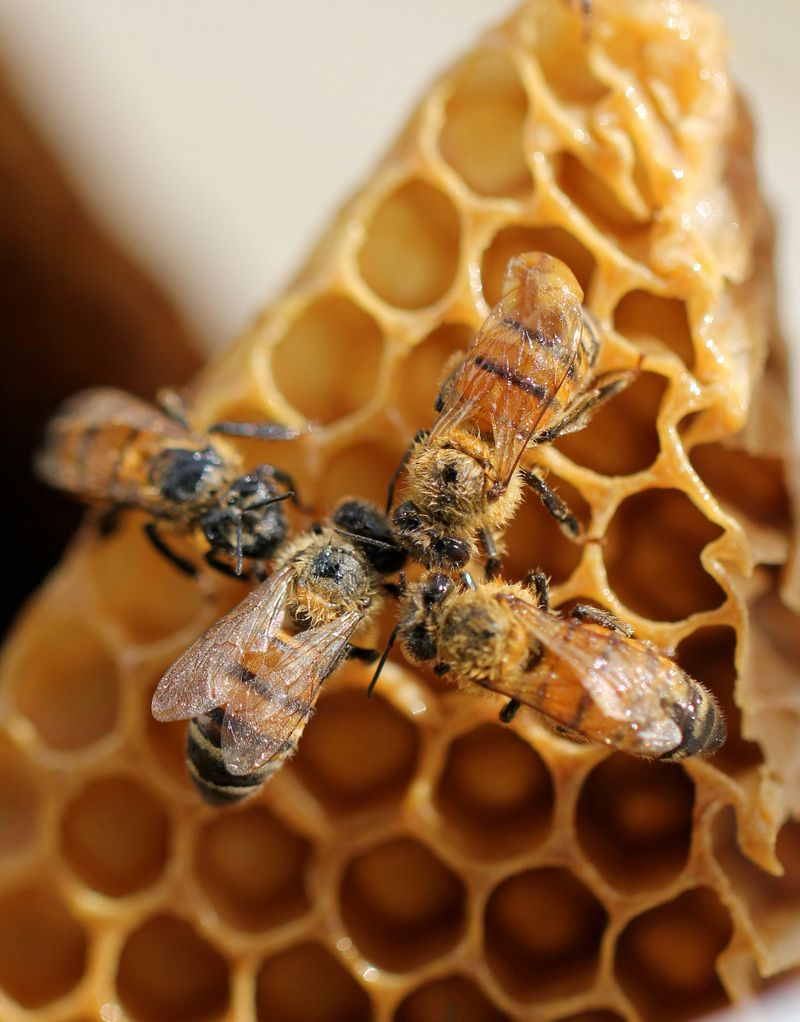
Honey, nature’s sweet gift, is not immune to microplastic contamination. Investigations have revealed traces of microplastics in various honey samples, sparking concerns about potential sources.
Bees, during their foraging, may collect microplastics along with pollen, leading to contamination in honey. The presence of synthetic fibers and fragments in honey can vary depending on the location and environmental conditions.
While the levels found are minimal, they highlight how widespread microplastic pollution has become. This knowledge urges both consumers and producers to consider the environmental factors affecting food purity.
5. Beer
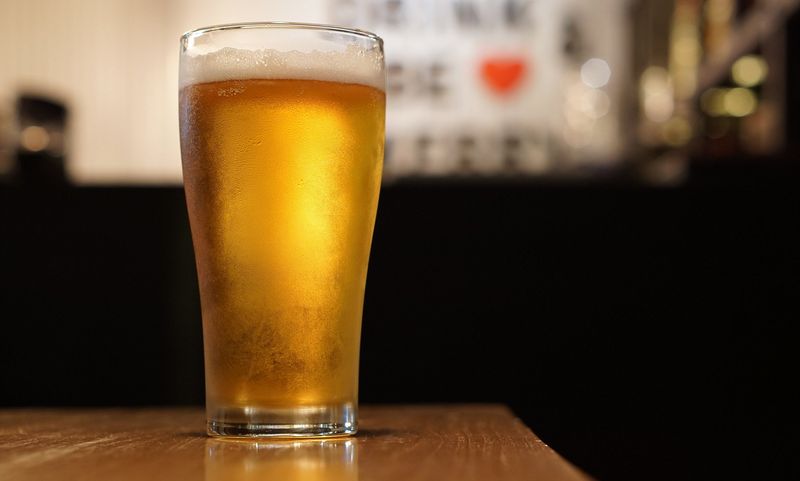
Beer lovers might be surprised to learn that their favorite brew could contain microplastics. Studies have detected tiny plastic particles in numerous beer samples across different brands.
These particles can originate from water sources used in brewing or from the air during production. The contamination might also occur from ingredients like hops or barley.
The discovery of microplastics in beer underlines the pervasive nature of these pollutants, even in beverages. Though the health effects are still being explored, the presence of microplastics in beer prompts a closer look at brewing processes and ingredient sourcing.
6. Bottled Water
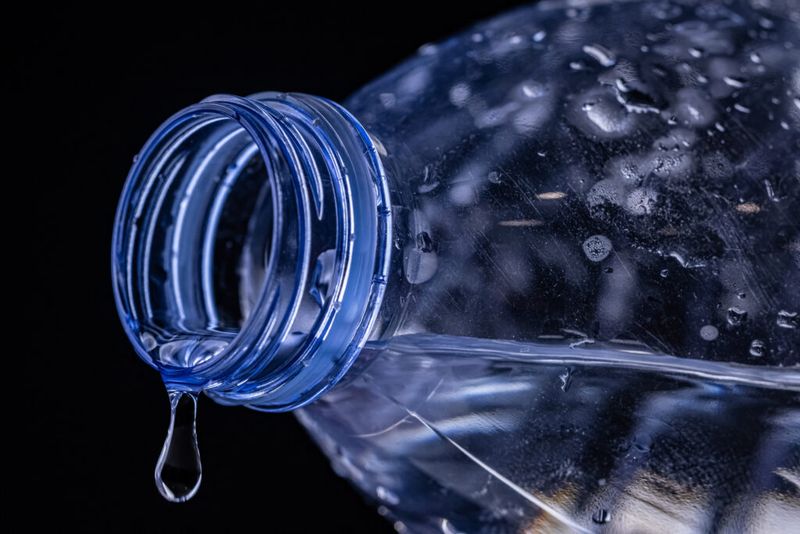
Bottled water has been scrutinized for microplastic contamination, with studies revealing particles in many brands. These plastics can leach into water during production or from the bottle itself.
The plastic used in bottling can shed microfibers into the water, exacerbating the problem. This discovery has led to increased awareness and concern about the purity of bottled water.
Efforts to find safer packaging alternatives are ongoing, but consumers are encouraged to be cautious. More research is needed to assess the long-term health effects, as bottled water remains a widely consumed product globally.
7. Rice
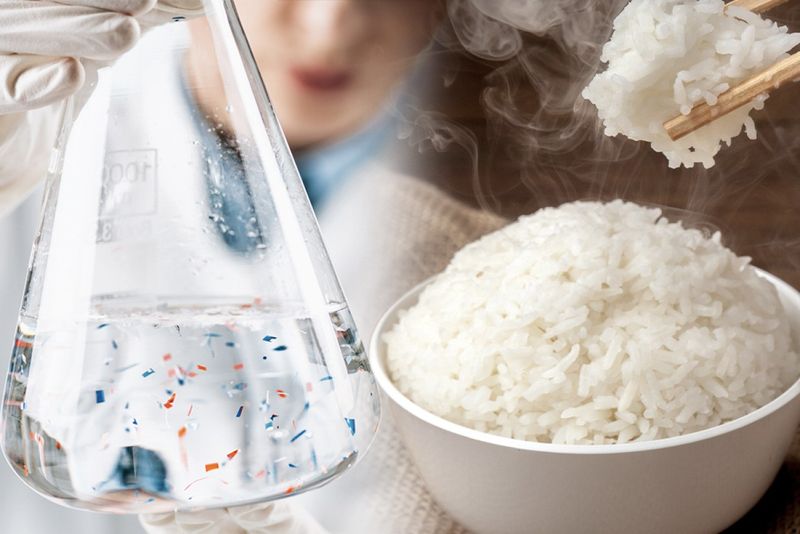
Rice, a dietary staple for billions, is not exempt from microplastic contamination. The primary source is believed to be plastic pollution in water used for irrigation.
Studies have found microplastic particles in rice from different regions, raising questions about agricultural practices and environmental pollution. The presence of these particles in rice emphasizes the complexities of global food systems and the challenges of maintaining food purity.
Consumers are increasingly aware of these issues, leading to discussions around sustainable farming and water management practices to minimize contamination risks.
8. Tea
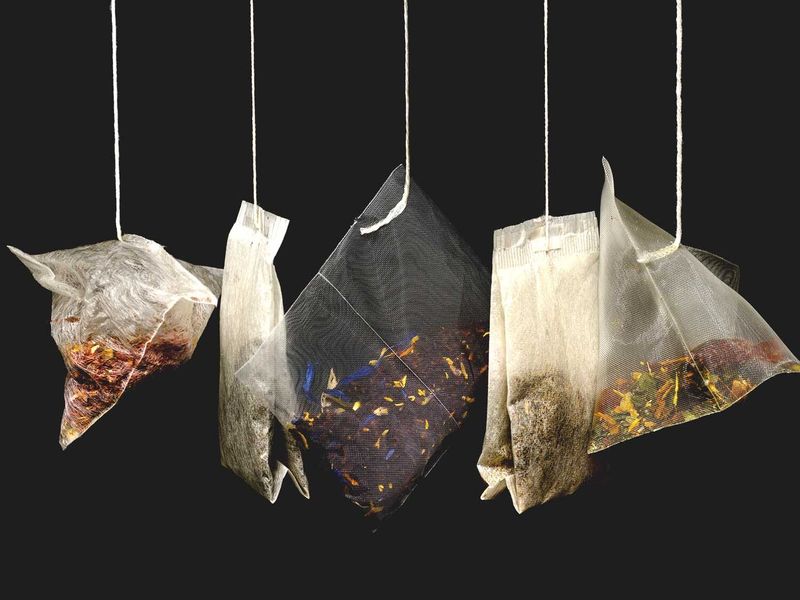
Tea, a beloved beverage enjoyed worldwide, has also been found to contain microplastics, particularly in teabags. Some teabags are made from plastic materials, which can release microplastics when exposed to hot water.
The magnitude of this contamination varies with the type of teabag and brewing methods. Switching to loose tea leaves or biodegradable teabags is a suggested alternative for those concerned about microplastics.
This revelation has prompted many tea producers to rethink their packaging choices, as consumers increasingly demand transparency and environmental responsibility from their favorite brands.
9. Sugar
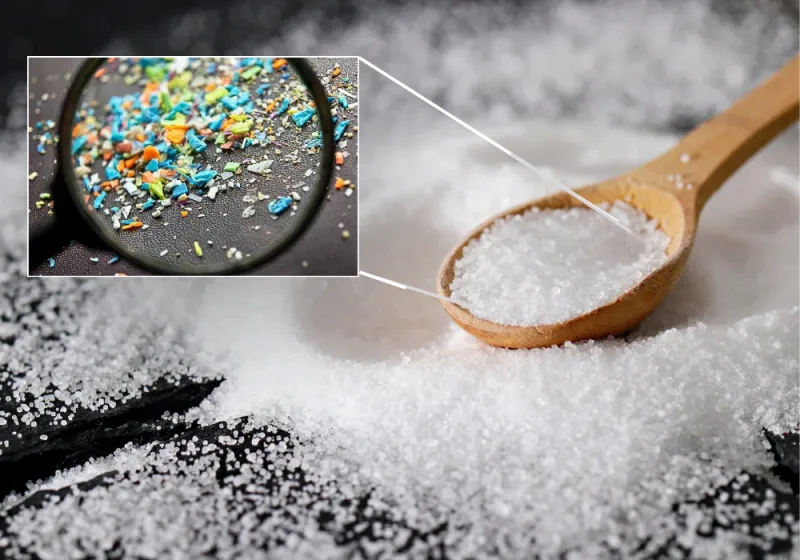
Sugar, commonly found in households, can contain microplastics due to potential contamination during processing. The equipment and water used in sugar refining may introduce these tiny particles.
The presence of microplastics in sugar adds to the growing list of foods affected by environmental pollution. While current levels detected pose minimal health risks, they highlight the need for stricter quality control measures.
Producers are encouraged to evaluate their processes to reduce contamination risks, ensuring that even the sweetest treats remain as pure as possible.
10. Vegetables
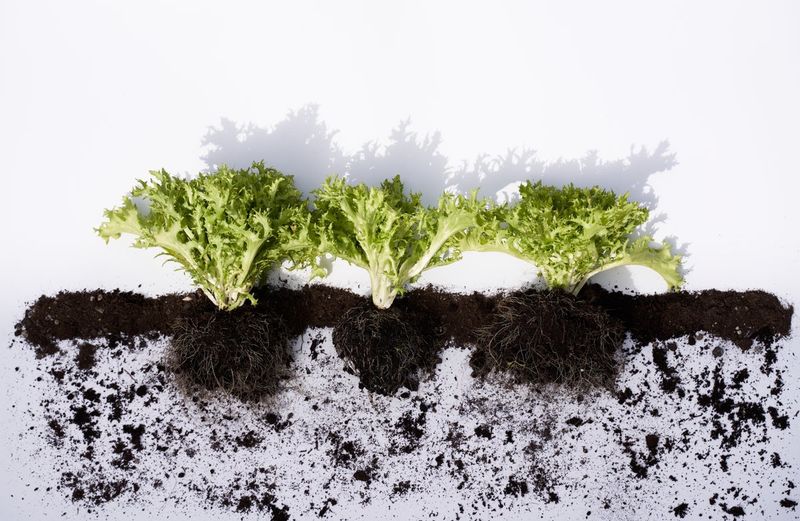
Vegetables grown in contaminated soil or irrigated with polluted water may contain microplastics. Various studies have detected these particles in crops like carrots and lettuce.
The uptake of microplastics by plants is still a subject of research, but it raises concerns about agricultural practices and soil health. This issue underscores the importance of sustainable farming methods and environmental stewardship to protect both human health and ecosystems.
Consumers and farmers alike must be informed and proactive in addressing these challenges, seeking solutions to reduce environmental impact.
11. Chicken
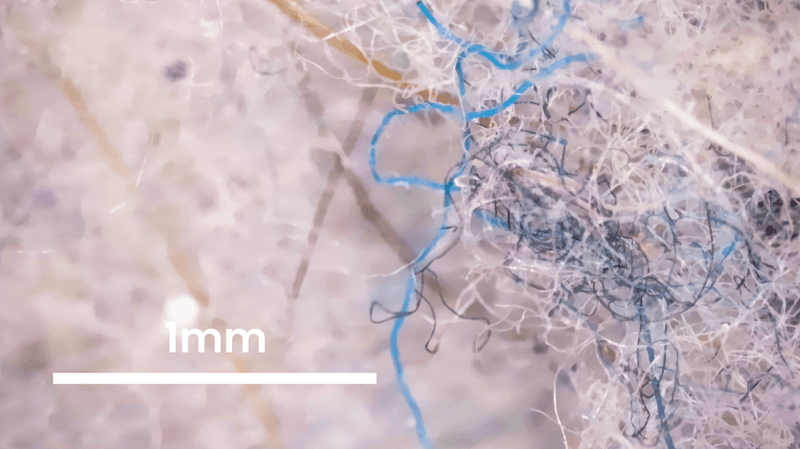
Chicken meat has shown traces of microplastics, possibly due to the animals ingesting contaminated feed or water. These particles can accumulate in their systems, eventually being passed on to consumers.
The farming industry faces increased pressure to investigate the sources and implications of microplastic contamination in poultry. Ensuring clean water and feed is essential to mitigate these risks.
Awareness and transparency in farming practices are crucial, as consumers demand higher standards for food safety and quality. Continued research is needed to fully understand the impact on both poultry and human health.
12. Dairy
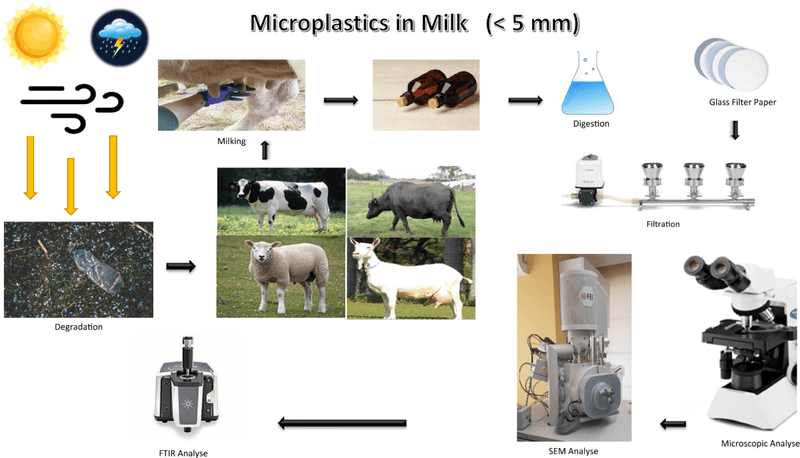
Dairy products can also contain microplastics, stemming from contaminated feed or packaging materials. Milk and cheese have shown traces of these pollutants, raising concerns about their sources.
The dairy industry is challenged to address these issues by ensuring pristine conditions for both animals and products. Packaging solutions that minimize plastic usage are being explored as a way to reduce contamination.
As dairy remains a vital part of many diets, understanding the impact of microplastics and adopting sustainable practices will be essential for maintaining consumer trust and product integrity.
13. Canned Goods
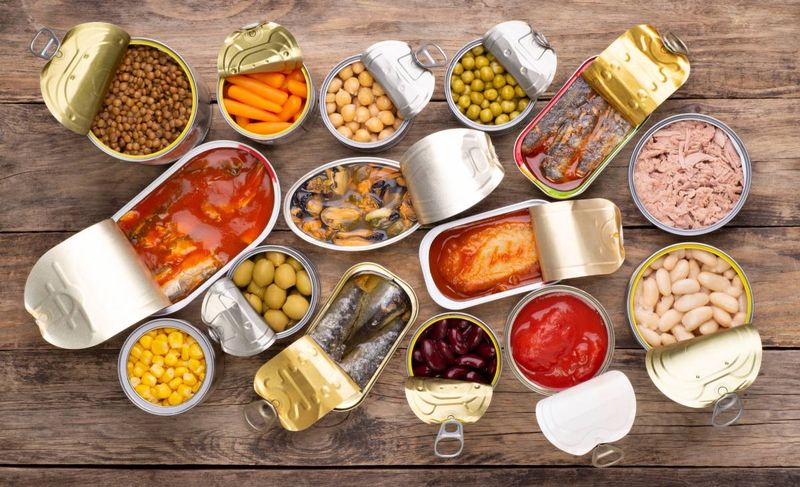
Canned goods, a convenient pantry staple, can contain microplastics from their packaging. The lining of metal cans may shed tiny plastic particles into the food.
This contamination highlights the need for safer packaging materials and improved manufacturing processes. As consumers become more aware of the potential risks, demand for transparency and quality assurance has increased.
The food industry is exploring alternatives to traditional can linings to ensure product safety and reduce environmental impact, reflecting a broader commitment to sustainability in food production.
14. Soft Drinks
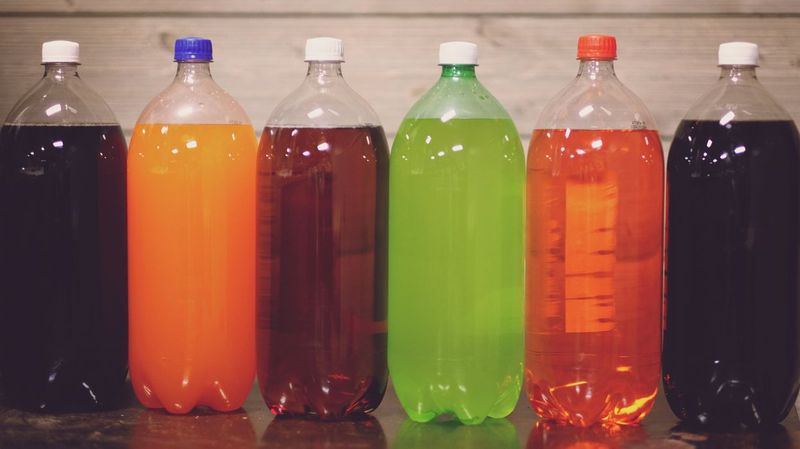
Soft drinks may surprise some with their potential to contain microplastics. These particles can come from water sources, packaging, or even during the bottling process.
The detection of microplastics in beverages raises questions about the standards used in production and packaging. Efforts to improve filtration and reduce packaging waste are underway to address these concerns.
Consumers are encouraged to stay informed about the products they consume, advocating for changes in industry practices that emphasize sustainability and food safety.
15. Pasta
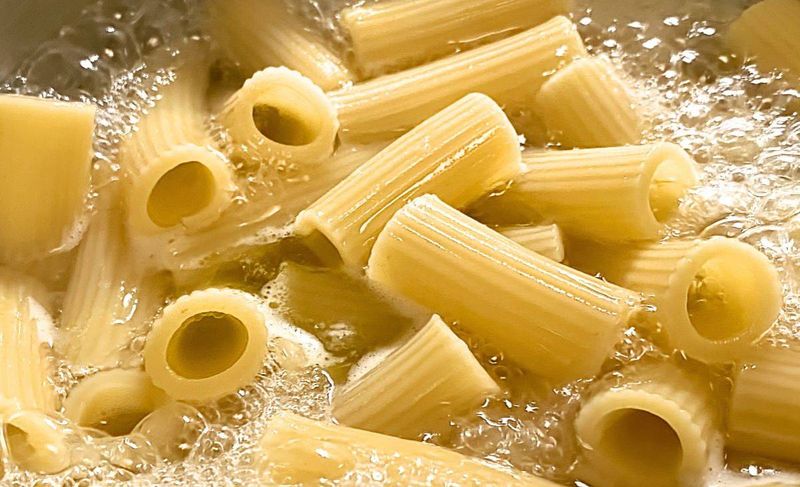
Pasta, a favorite comfort food, may contain microplastics due to contamination in water or ingredients used in production. The journey from wheat fields to dinner plates involves exposure to various environmental factors.
While levels of microplastic contamination in pasta are generally low, the issue underscores the importance of clean water and sustainable agricultural practices. Producers are exploring ways to minimize these risks through better sourcing and processing techniques.
Consumers looking for purity in their meals are encouraged to choose brands committed to transparency and environmental responsibility.

Mother of three and a primary school teacher. I’ve always loved being around children and helping them, so I chose my path as a teacher. It is sometimes hectic with three children, but I am 100 percent into it and wouldn’t change it for anything in the world.

